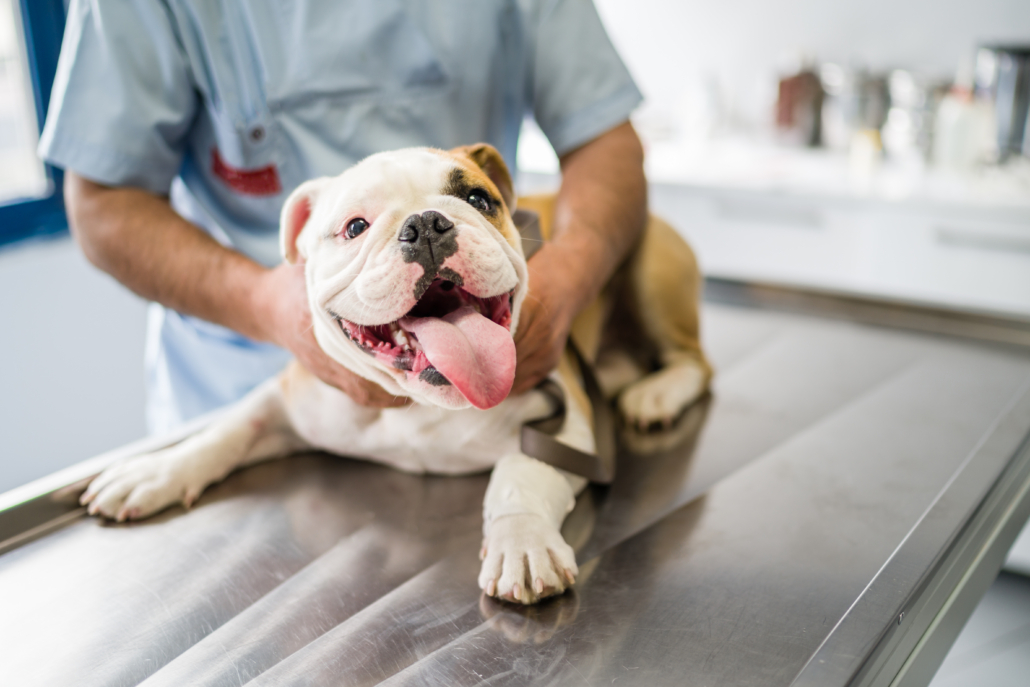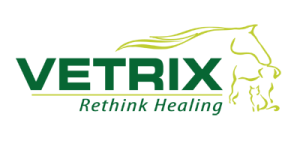 Veterinary regenerative medicine started in the mid-1990s when bone marrow-derived mesenchymal stem cells (MSCs) were used to treat tendon injuries in horses. Over the last 30 years, veterinarians have made significant advances in developing medications for animals using regenerative medicine to treat a variety of diseases. But before we get into what you can treat with veterinary regenerative medicine, we want to ensure that all readers understand what veterinary regenerative medicine is.
Veterinary regenerative medicine started in the mid-1990s when bone marrow-derived mesenchymal stem cells (MSCs) were used to treat tendon injuries in horses. Over the last 30 years, veterinarians have made significant advances in developing medications for animals using regenerative medicine to treat a variety of diseases. But before we get into what you can treat with veterinary regenerative medicine, we want to ensure that all readers understand what veterinary regenerative medicine is.
According to the FDA, “Veterinary regenerative medicine is an active area of research for developing new cell and tissue therapies for animals. Such therapies are called animal cells, tissues, and cell-and-tissue based products, or ACTPs for short.”
ACTPs refer to products used in animals that contain, consist of, or derive from cells or tissues. Some terms you may hear associated with this include:
- Stem Cells (SCT)
- Differentiated cells
- Tissues such as blood
- Platelet-rich plasma (PRP)
- Amnion
Regenerative veterinary therapies elicit a therapeutic response that stimulates healing in tissues. They are used to home in on sites and rejuvenate damaged tissue. Regenerative therapies are also helpful in combating pain in dogs with orthopedic injuries.
What Can You Treat With Veterinary Regenerative Medicine?
Regenerative medicine is recommended as a primary treatment for specific conditions or used jointly with surgical procedures. At Vetrix, we provide products that harness the natural capabilities of the patient’s existing cells by providing a biological scaffold into which progenitor cells embed. Once the patient’s cells have migrated into the native scaffolding, the cells lay down their extracellular matrix which, in turn, shares signals to differentiate into the appropriate tissue. With this site-specific healing capability, Vetrix® can fully regenerate tissue ranging from:
- Skin
- Muscular defects
- Intestinal lining
- And others
Our regenerative veterinary solutions are also helpful for the following:
- Ophthalmology
- Neurology
- Surgical Applications
- Oncology
- Wound management
One of our most popular products is BioSIS ECM Technology. BioSIS provides a natural scaffold that works with and encourages your patient’s (pet’s) natural healing process. A few typical surgical applications you can use BioSIS for include:
- Gastrointestinal soft tissue repair
- Thoracic wall repair
- Body wall and hernia repair
- Degloving injuries
- Mass removals
- Alternative to skin grafts
Learn more about Vetrix BioSIS Technology.
Additionally, Vetrix also provides veterinarians with another regenerative medicine to treat wounds. Healion Amniotic Wound Matrix is a regenerative option that utilizes the natural healing properties of amnion to treat patients with severe wounds. Click here to learn more.
Vetrix® is the leading provider of veterinary regenerative medicine. As a world supplier of innovative veterinary products, we enable veterinarians to provide exceptional treatment for their patients.
We’re always happy to answer questions about our products, what we do, and how we do it. Contact us today if you’re a veterinarian interested in using regenerative medicine in your patient treatment plans. Contact Vetrix.








